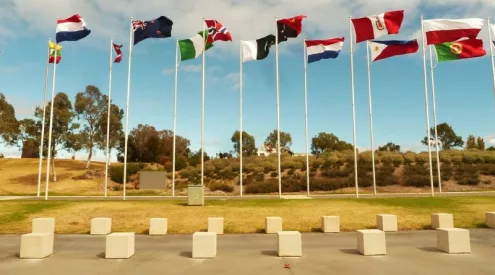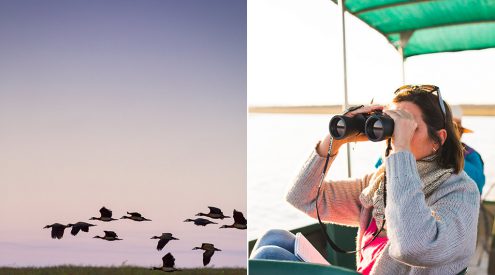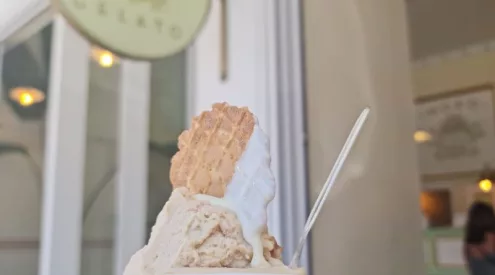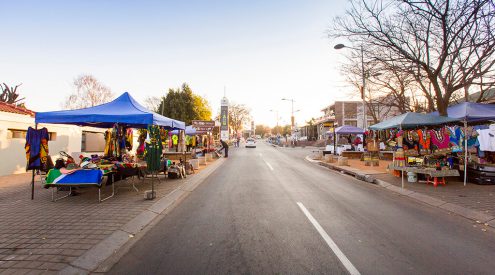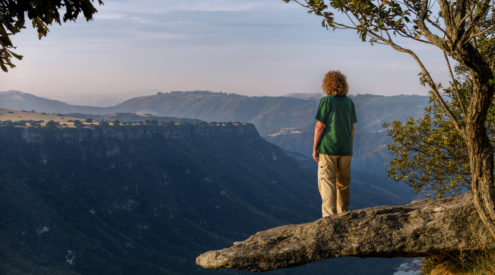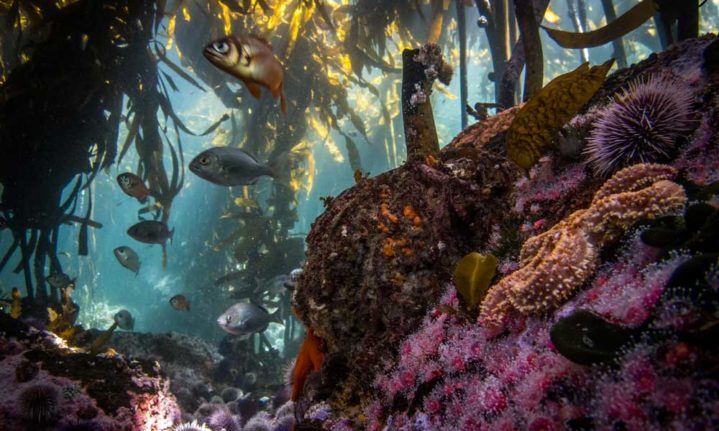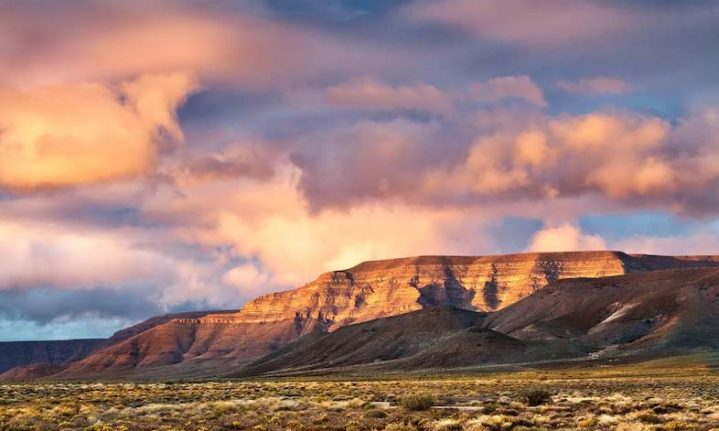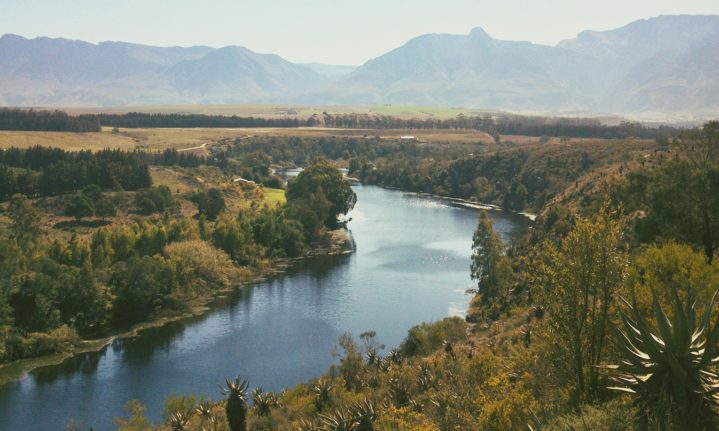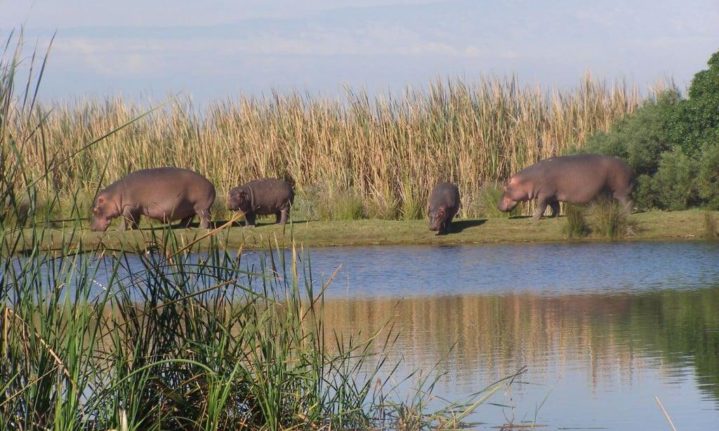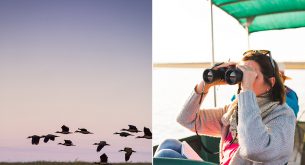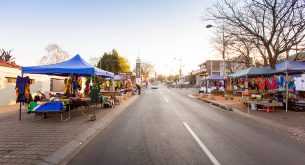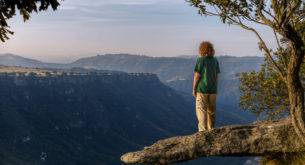Biodiversity. Now there’s a word that brochure writers and tourism marketing departments tend to throw around. They like to claim that certain places ‘teem with life’. But few spots around the world are quite as biodiverse as the Western Cape.
The Cape Floristic Region and the Succulent Karoo, for example, are two global biodiversity hotspots. They’re both Centres of Endemism, sites of global importance based on their high endemism and species richness. This is primarily due to the estimated 13 489 plant species in the Western Cape, 56% of the floral species occurring in South Africa. A total of six biomes are present in the province, namely Fynbos, Succulent Karoo, Nama Karoo, Forest, Albany Thicket and Grassland. And there are 174 different ecosystems present.
I don’t want to get all science-y on you though. This list is inspired by years of road trips around the province and is based on nothing more than my own interest in the startling range of landscapes just a few hours from my home. Some include seasonal phenomena, others are just ever-present things of beauty.
Here are 10 fascinating natural wonders around Cape Town.
1. Kelp forests
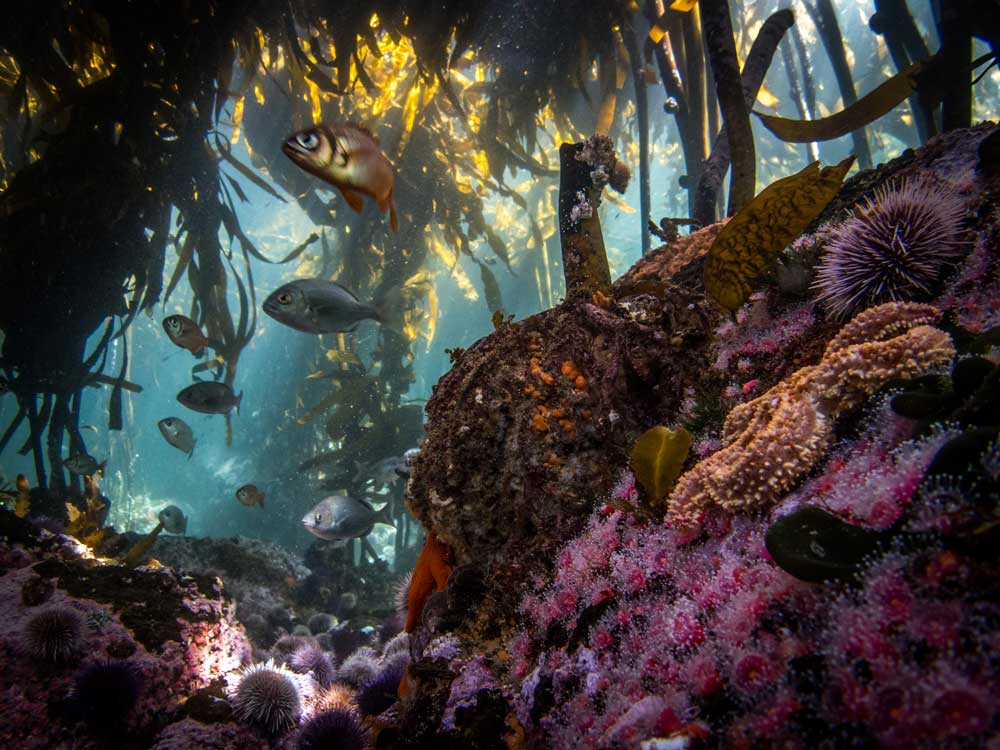
Credit: Faine Pearl
Kelp forests thrive around the Mother City, where the icy Atlantic Ocean washes over rocky and shallow reefs from Cape Agulhas. The southeasterly winds that buffet the Cape Peninsula in summer cause upwellings of rich nutrients from the cold, dark depths of the ocean. These nutrients fertilise the kelp plants, allowing them to grow into giant forests, the canopies of which can be seen from the shore. They’re home to many fish species found nowhere else in the world. Some fish, such as southern mullet, strepies and hottentots, live permanently in kelp forests where they find food and shelter, while others, such as Cape salmon, giant kob and even yellowtail, move in and out of kelp forests in search of food.
READ: Cruising Cape Town’s kelp forests
2. Ancient rock formations
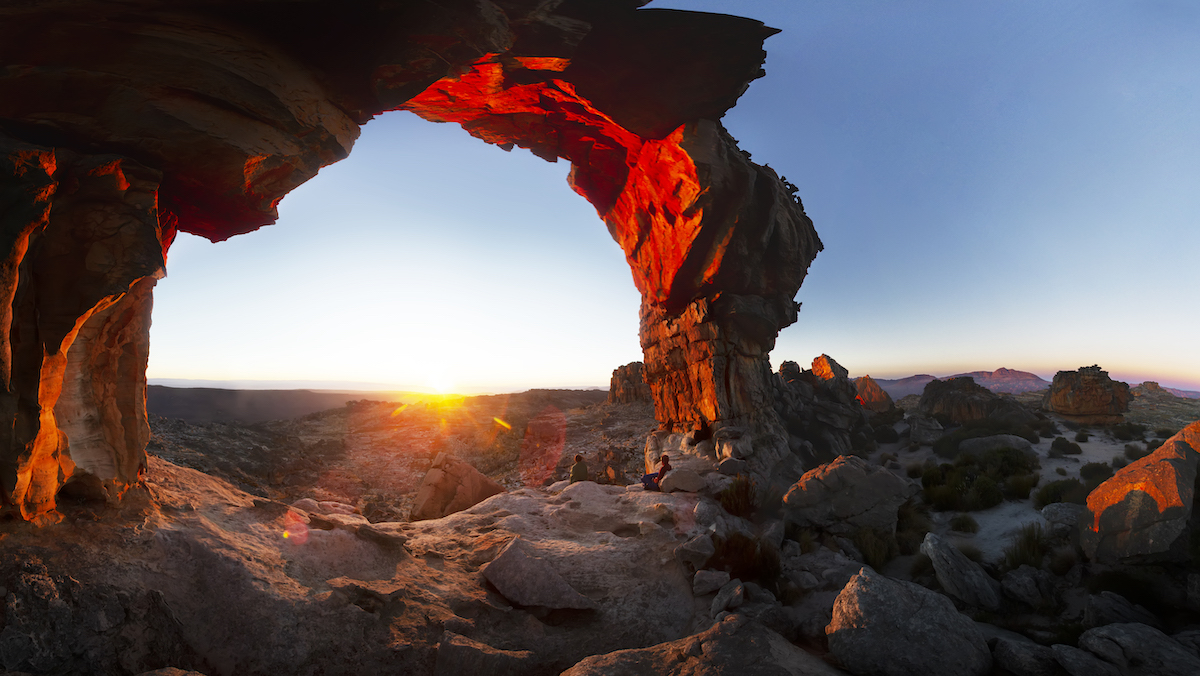
Wolfberg Arch is a prime Cederberg destination. Credit: Teagan Cuniffe
With its ancient mountains, bizarre rock formations, and magnificent cedar trees, the Cederberg is one of the most unique and beautiful places in South Africa. It’s also much more dynamic than you might think – with rich pockets of life around almost every corner. It’s only a few hours from Cape Town yet the landscape is completely different: wilder, warmer with a raw, dramatic beauty. Among the twisted rock formations, farmers cultivate the world-famous healthy rooibos tea, found only in the Cederberg of South Africa. It’s also one of the favoured hangouts of the elusive Cape leopard.
READ: Feeling a little boulder
3. Fynbos Kingdom
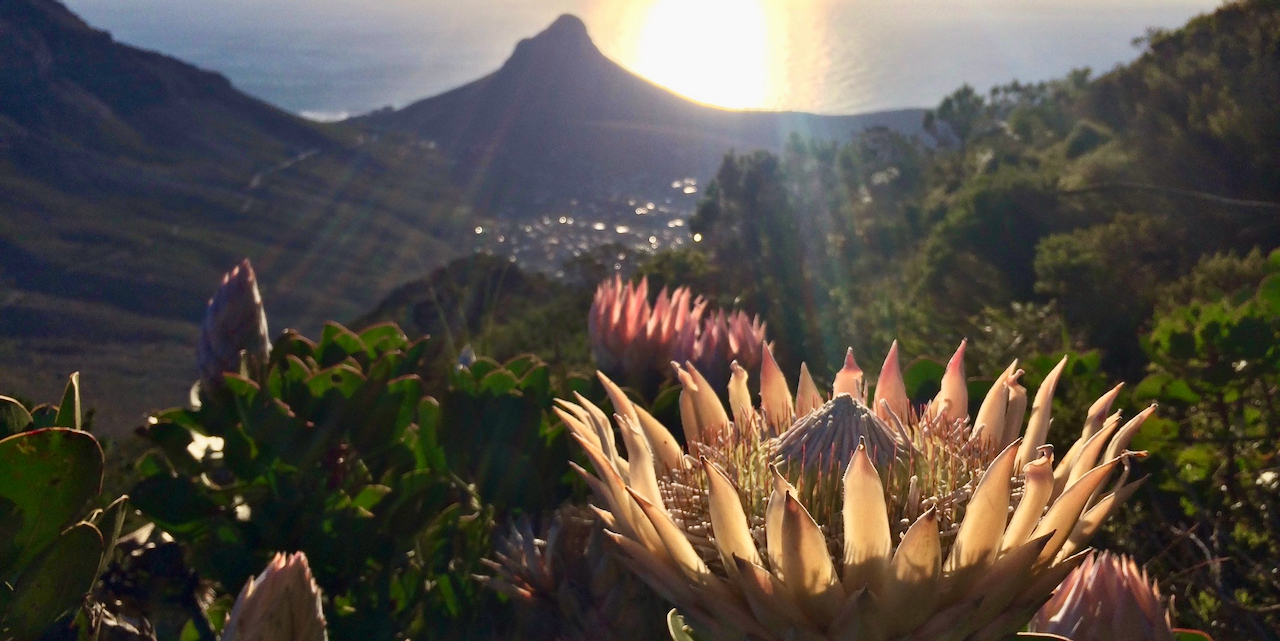
The Cape Floral Kingdom is the smallest of the six Floral Kingdoms in the world, and is the only one contained in its entirety within a single country. It’s characterized by its high richness in plant species (8 700 species) and its high endemicity (68% of plant species are confined to the Cape Floral Kingdom).
In South Africa, over one third of all plant species occur in the Cape Floral Kingdom, even though the Kingdom occupies less than 6% of the area of the country. The secret with fynbos is that the delight is in the details. Take your time, look closer and marvel at the magic.
READ: The great South African flower safari
4. Afro-montane forest
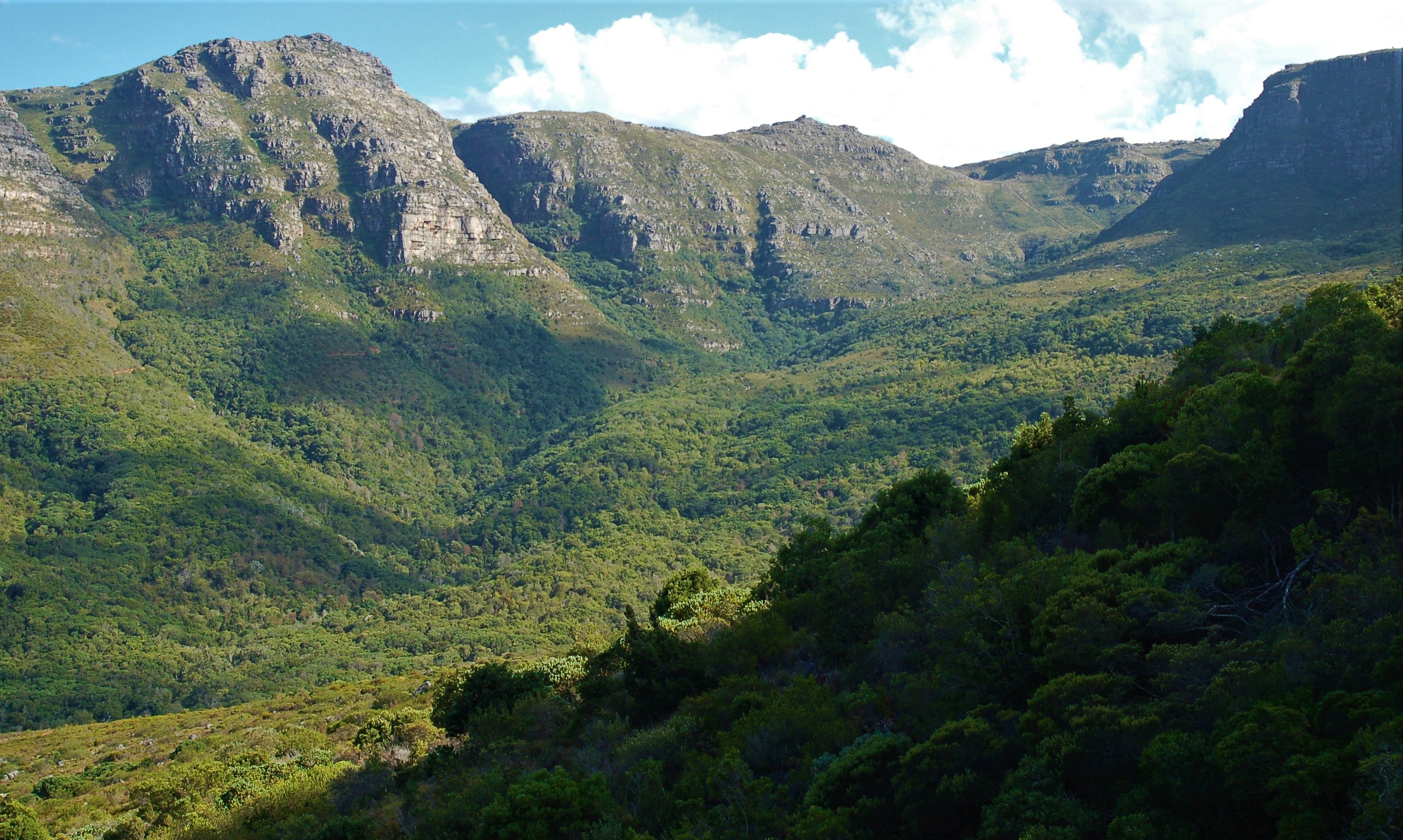
Credit: The Fynbos Guy
Just a short drive and walk from the city centre and you can find yourself in one of the last pockets of afro-montane forest in the country. Wedged into shady clefts and steep-sided ravines across the mountains – there they are: pockets of rich dark-green forest. Home to yellowwoods, wild olives, ironwoods and stinkwoods – there are 33 species of natural tree on the Cape Peninsula. The nearest Afro-montane Forest to Cape Town is at the back of Kirstenbosch Botanical Gardens but the largest patch of remaining forest is the peerless Orange Kloof, hidden away in the interior of Table Mountain and accessible by permit only.
READ: 12 best South African multi-day hikes that should be on everyone’s wishlist
5. The Klein Karoo
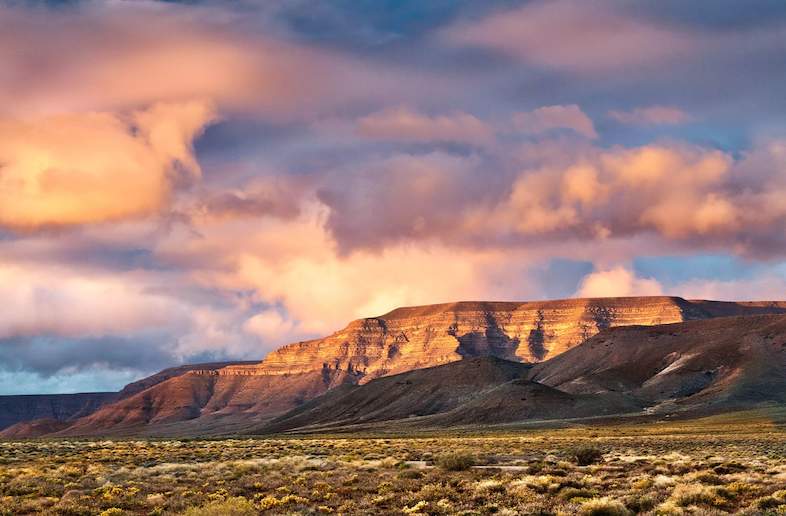
Credit: SANParks
The driest region of the Karoo is the Tankwa Karoo in its southwestern corner, between the Great Escarpment and the Cederberg-Skurweberg mountain ranges. It receives only 75 mm of rain annually. The best way to experience this area is by travelling its back roads and spending time savouring the vast open spaces, the indigo blue dome of the sky and the distinctive landscapes that merge into the shimmering horizon. Stop your car anywhere and you’ll immediately be assailed by the immense silence and peace of this extraordinary place.
READ: 10 weekend breaks near Cape Town for under R600 per person
6. Wildflower hotspot

Credit: Matthew Sterne
Oh yes, it also happens to be home to one of the best displays of wildflowers in the world. Pink, purple, orange, yellow, blue and white flowers pop up all over the south-western tip of Africa come spring. If you time it right and hit the best places, it’s a truly remarkable spectacle.
Darling, the West Coast National Park, Biedouw Valley, Nieuwoudtville and the Namaqua National Park are the best places to see them.
READ: Your guide to getting the most out of the Cape’s wildflower season
7. Thriving wild waters
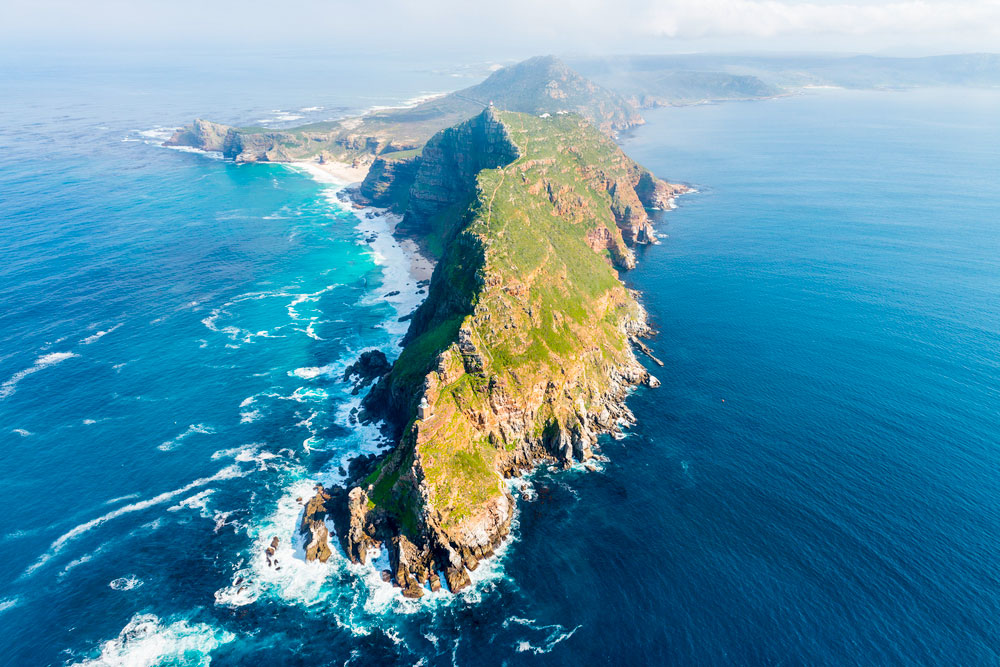
Cape Town offers the opportunity to spot the Marine Big Five – often just from the side of the road. They are: the whale, shark, seal, penguin and dolphin. Not too mention the Oscar-winning octopus. The Mother City is surrounded by two oceans – the Atlantic and the Indian – so you can bet we have plenty of adventurous activities to offer on the open water too.
READ: 6 must-do holiday activities in Langebaan
8. River Systems
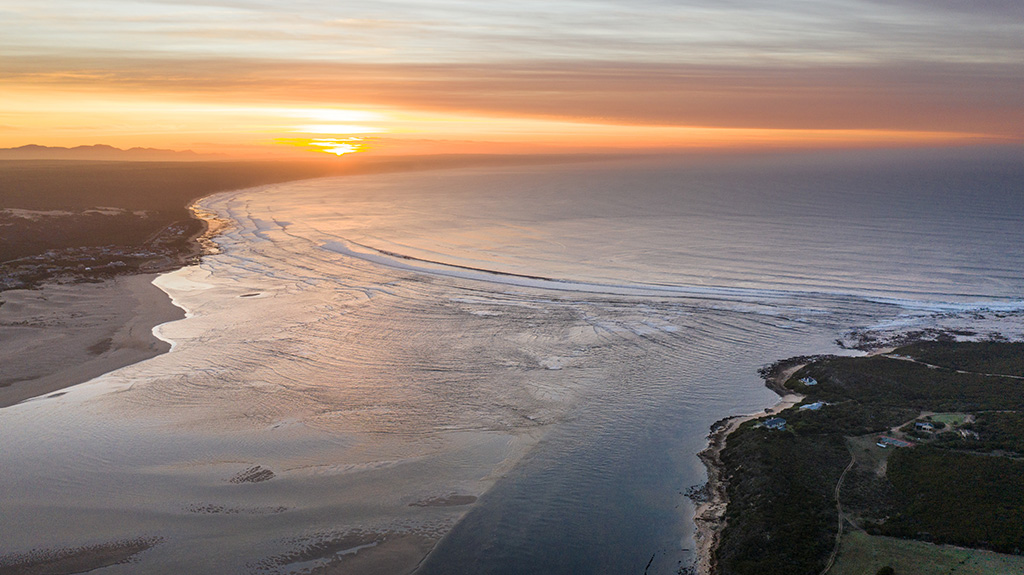
Credit: Anton Crone
The major rivers of the Western Cape are the Berg, Olifants, Breede and Gouritz Rivers. Yet the varying conditions in the province give rise to different kinds of rivers. For example, types of rivers found include perennial rivers, seasonal flowing rivers and non-perennial rivers. Then there are the rivers the kayakers like to tackle, like the Doring and Palmiet. Or the smaller rivers in the upper reaches of the mountains the flyfishers like to explore. All of them hold their own little worlds within them.
READ: Rally the troops for river rafting on the Breede
9. Vleis and estuaries
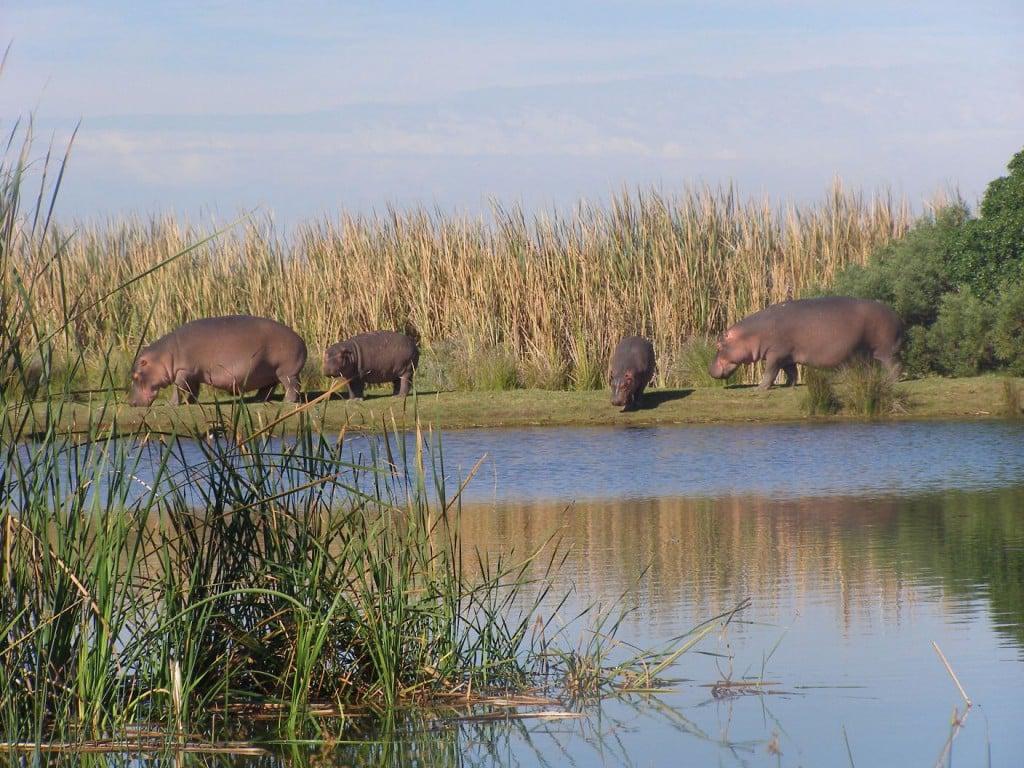
Credit: Cape Town Tourism
The Cape region is rich with lagoons, estuaries and vleis. Just 30 minutes from the city lies major vleis such as Zeekoevlei and Rondevlei, which is home to hippopotamus.The word vlei is derived from the Middle Dutch word for “valley”. In Afrikaans, however, its meaning changed into that of the shallow lake. Then there’s the Milnerton, Hermanus and Langebaan Lagoons. Bigger bodies of water home to even more bird and fish life. Keep an eye out for the flamingoes and pelicans.
READ: 5 tranquil city greenscapes in Cape Town
10. Snow-capped mountains
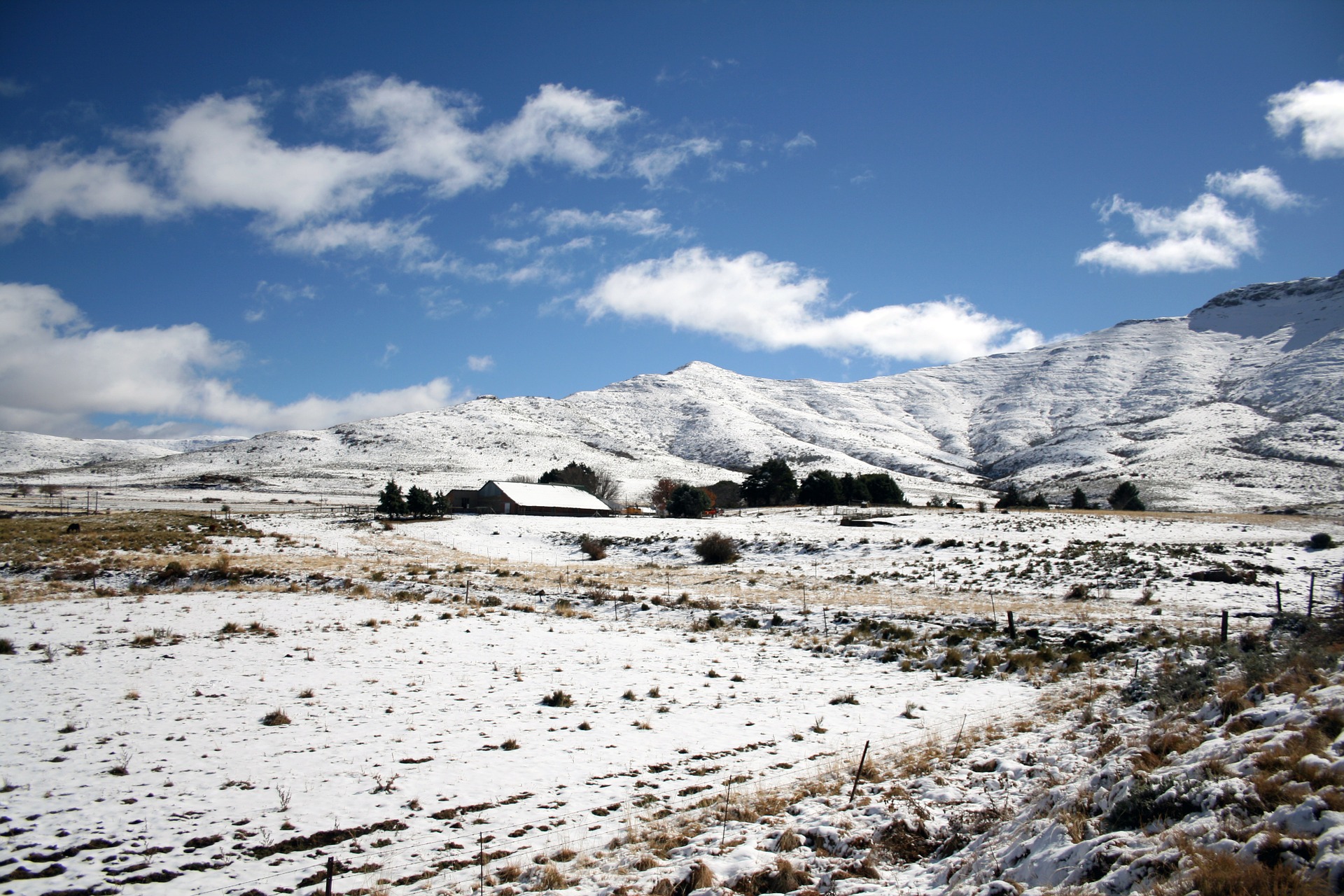
Credit: The South African
The recent snow dump might seem unseasonal to some, but the Cape region is used to its fair share of the white stuff. Just look at some of the names. Sneeuberg in the Cederberg, for example, has long been known to be draped in a white tablecloth. And we even have the snow protea. It’s confined to peaks usually above 1 700 m, and is a magnificent plant with flowering cones the size of the King Protea.
READ: Snow on Table Mountain
It’s found nowhere else in the world other than in the Cederberg. The summit of the Sneeuberg (2028m) is one of the few homes of one of the world’s rarest plants. The flower takes a full year to open, seldom have more than 3 to 4 flowers and can reach up to 70 years of age.
ALSO READ

